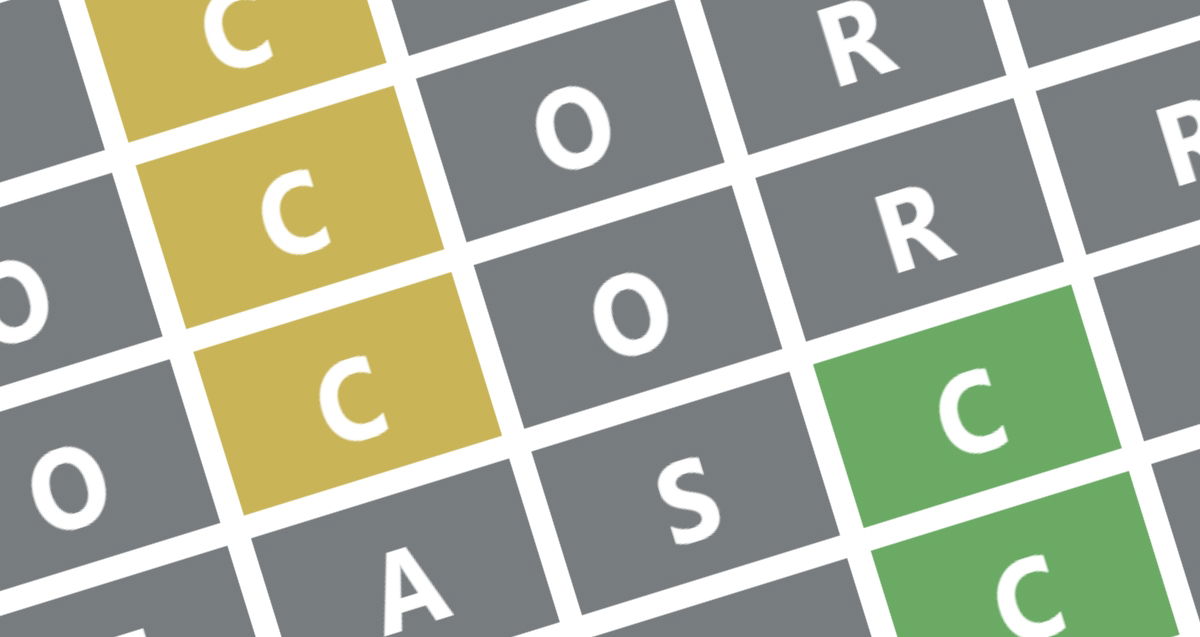The Internet of Things is still in its Wild West phase of development. Standardization is necessary to ensure safety and easier integration.
Image: iStock/BeeBright
Since the Internet of Things (IoT) became an enterprise focus, the task of standardizing IoT has been a major headache. IoT devices come with proprietary operating systems that their manufacturers create, not to mention security presets that may or may not conform to enterprise network requirements. Collectively, this makes IoT an integration challenge for most companies.
SEE: TechRepublic Premium editorial calendar: IT policies, checklists, toolkits, and research for download (TechRepublic Premium)
“A lack of a standard for IoT devices brings forth many challenges from a management perspective, in particular security, as we are increasing the attack vector for each new IoT device introduced,” said Shash Anand, VP of product strategy at SOTI, an IoT connectivity and management provider.
Anand said that at a minimum, creating a security standard for the federal government is a must. But, this isn’t easy. IoT devices have different hardware, security systems, and data implementation strategies. Given the variety of IoT devices and systems around, it will be imperative that IoT standards are universally accepted and integrated across devices.
So, how far away are we from across-the-board IoT standardization?
“Uniform standards will happen in phases as adoption of current IoT devices rises,” Anand said. “Standards will first occur across a single product that is more heavily used.”
From there, the IoT devices must be able to be easily integrated with the systems they interoperate with. As part of this integration, IT must be able to enact workable device management strategies that can assure that IoT device firmware is timely and uniformly upgraded.
“For IT departments to upgrade firmware at scale and to do it remotely, IoT device manufacturers must recognize that apart from simply being connected to the internet, IoT devices must be managed remotely for uniform standards to be achieved,” Anand said.
SEE: IoT device security: 5 tips for enterprises (TechRepublic)
In the Wild West world of IoT device manufacturers, where quality of service, security, and standards are still an afterthought, this can be a tall order. It’s also why major pushes by big spenders like the US government can make a difference.
“The federal government will require an IoT device management solution that provides the ability to remotely upgrade firmware, files, and applications to thousands of devices simultaneously in a controlled manner,” Anand said. “Beyond upgrading, they also need a solution that will provide real-time alerts and tracking on any changes made to IoT devices, as well as remote troubleshooting.”
The feds getting involved in IoT standardization can be a major win for companies that have less leverage or ability to force standardization on IoT device manufacturers.
“Remote IoT device management and security administration will be key requisites for deploying IoT,” said Anand, whose company offers IoT device management that can remotely monitor and repair IoT devices. “If you take the example of a printer, that printer can be monitored from a console. The printer device model, firmware version, ink levels, and paper levels are all displayed in real-time. In addition, actions can be performed on the printer, such as upgrading firmware, adjusting ink levels and even changing security settings. This solves many of the repair issues that often come up.”
SEE: Rogue IoT devices are putting your network at risk from hackers (ZDNet)
In the future, Anand believes that we will see a “diagnostics help desk” that repairs IoT devices remotely and instantly. “When integrated with an IoT device management solution, the IoT device repair is accelerated because the repair can immediately be propagated to other IoT devices in the system,” he said.
This vision of remote IoT management, security administration, and repair should be on the roadmap of every CIO. But first we have to nail down the uniform IoT standards that must be in place for this to happen. This is where the government, with its massive buying power and influence, can help.
“The federal government wants to be able to manage IoT devices that are enrolled into their systems,” Anand said. This will be a required uniformity of standards and could be a game changer for companies that want to do the same.










/https://specials-images.forbesimg.com/imageserve/5fd39aa94e05f9df270bbd1d/0x0.jpg?cropX1=0&cropX2=1824&cropY1=162&cropY2=1189)



